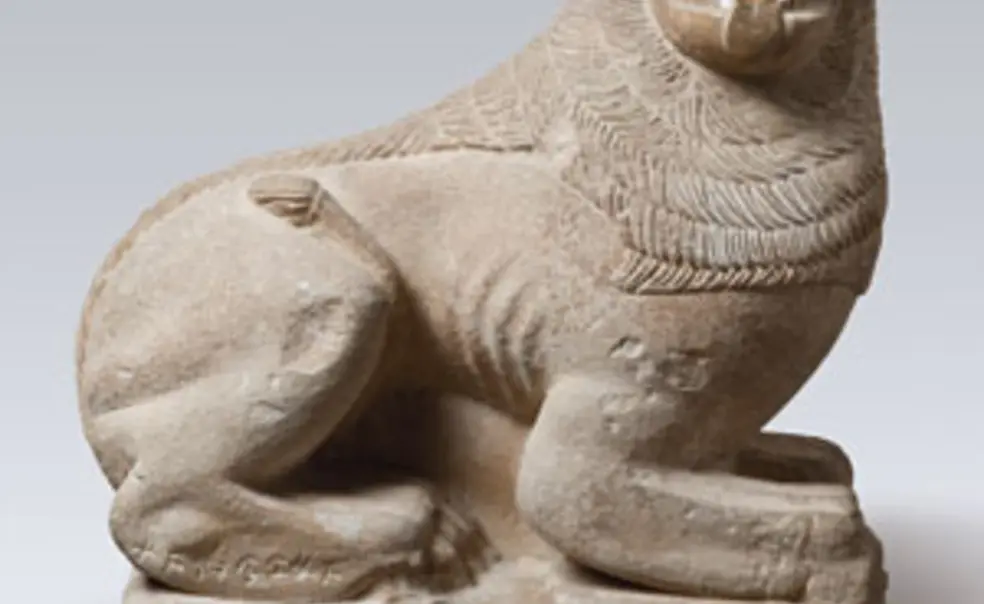Art Museum exhibition explores history of ancient Cyprus
(Photo: Courtesy the Department of Antiquities, Cyprus)
This funerary statuette from the 6th century B.C. is one of 110 objects unearthed at Polis Chrysochous in northwest Cyprus on view through Jan. 20 at the Princeton University Art Museum in the exhibition “City of Gold: Tomb and Temple in Ancient Cyprus.”
Items on display range from the ancient through medieval periods. They include stone and terracotta sculptures, wall paintings, gold and silver jewelry, coins, ceramics, and bronzes — some of which were excavated by a team from Princeton led by William A.P. Childs ’64 *71, professor emeritus of art and archeology and a co-curator of the exhibition.
Cypriot, end of the 6th Century b.c.e.: Funerary Lion for Kilikas, Limestone, h.38 cm, w. 40 cm, th. 16 cm. Polis Chrysochous, Local Museum of Marion and Arsinoe (MMA 227).













No responses yet